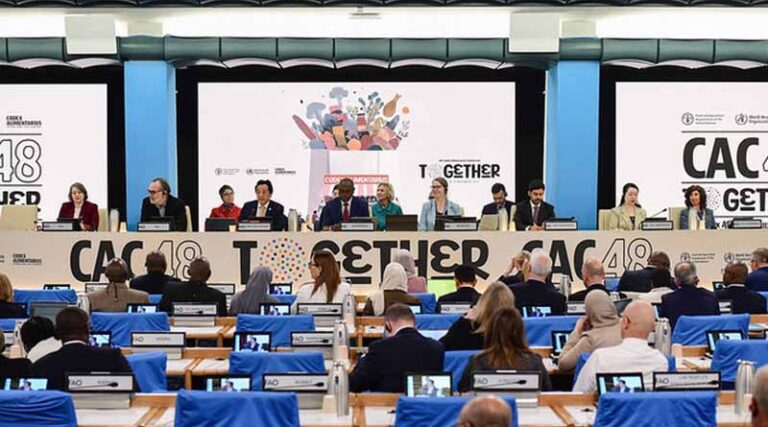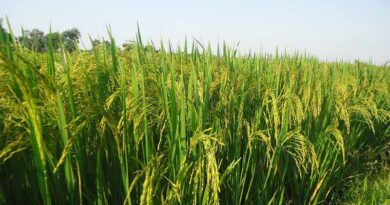
Codex Commission Adopts New Pesticide Guidelines to Strengthen Global Food Safety Standards
14 November 2025, Rome: In a major development for global food safety, the FAO-WHO Codex Alimentarius Commission, during its 48th Session (10–14 November 2025), adopted new guidelines on monitoring the purity and stability of pesticide reference materials. This landmark decision is set to significantly improve the reliability of pesticide residue analysis worldwide, ensuring safer food and fairer trade.
Stronger Global Framework for Pesticide Testing
The newly adopted Guidelines for Monitoring the Purity and Stability of Reference Materials and Related Stock Solutions of Pesticides address a long-standing concern faced by laboratories: the limited shelf life and high cost of certified reference materials (RMs) used in pesticide testing.
The guidelines provide a scientifically robust framework to evaluate RM stability under defined storage conditions, enabling laboratories to safely extend their use beyond expiry dates—provided purity remains within acceptable limits. This will reduce operational costs, minimize waste, and enhance confidence in residue results that underpin regulatory decisions, maximum residue limit (MRL) compliance, and international food trade.
The decision marks a critical step toward strengthening global pesticide residue monitoring, essential for protecting consumer health and ensuring fairness in the agri-food market.
Other Key Standards Adopted at the 48th Session
Lead Limits Finalised for Spices and Culinary Herbs
The Commission adopted maximum levels (MLs) for lead in spices and dried culinary herbs, setting 2.5 mg/kg for dried bark (including cinnamon) and 2.0 mg/kg for dried herbs. These limits will become part of the General Standard for Contaminants and Toxins in Food and Feed (CXS 193-1995). The move comes amid rising concerns about the neurodevelopmental and cardiovascular risks associated with lead exposure.
500+ Updates to the General Standard for Food Additives (GSFA)
More than 500 provisions were reviewed, revoking some colour additive entries such as annatto extracts (bixin-based) in fermented milks and adding new ones including norbixin-based annatto extracts for canned fruit. Several provisions, such as the use of erythrosine in canned berries, remain under evaluation.
Updated Code of Practice to Reduce Aflatoxins in Peanuts
The revised Code of Practice (CXC 55-2004) incorporates new scientific insights on preventing aflatoxin contamination—potent carcinogens. Additions include updated harvesting maturity indicators, guidance for by-products destined for feed, and the role of roasting in aflatoxin reduction.
International Standard for Fresh Dates
A long-awaited standard for fresh dates was adopted to ensure uniform quality parameters—size, shape, colour, packaging, contamination limits—supporting both consumer trust and expanding global trade.
Regional Standard for Castilla Lulo (Naranjilla)
Latin America and the Caribbean will benefit from a new regional standard defining minimum quality, labelling, hygiene, and contaminant provisions for Castilla lulo, a nutrient-rich Andean fruit with growing export potential.
Also Read: Tropical Agro Launches New Insecticide Tag Fly Gold for Control of Sucking Pests and Borers
📢 If You’re in Agriculture, Make Sure the Right People Hear Your Story.
From product launches to strategic announcements, Global Agriculture offers unmatched visibility across international agri-business markets. Connect with us at pr@global-agriculture.com to explore editorial and advertising opportunities that reach the right audience, worldwide.






